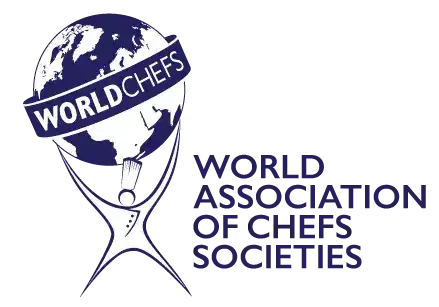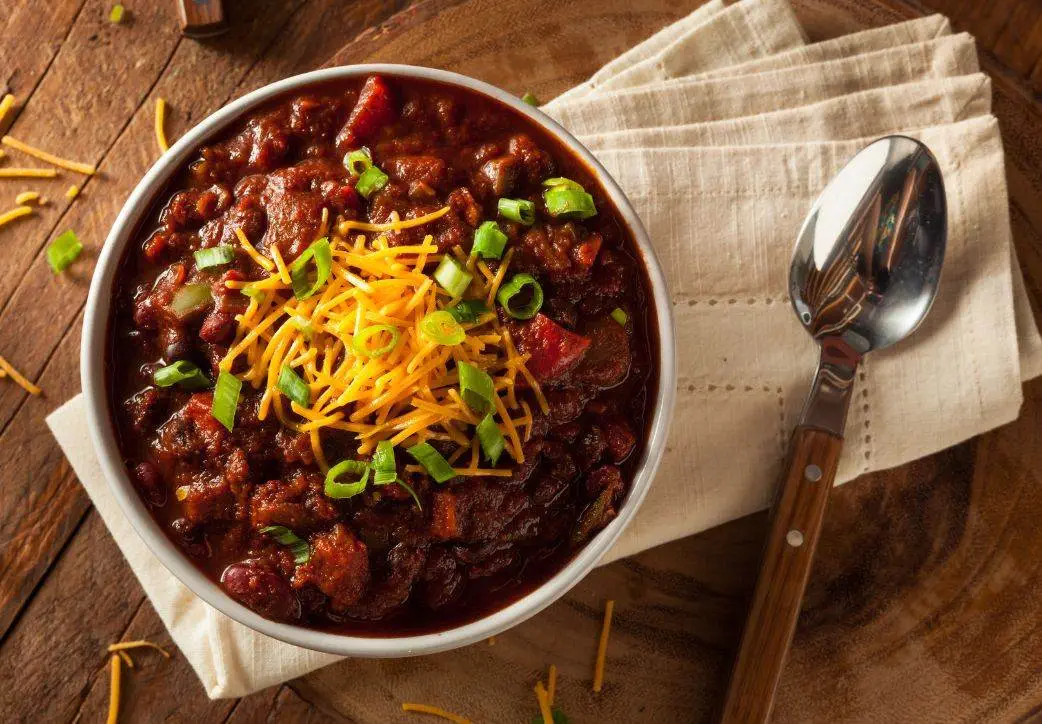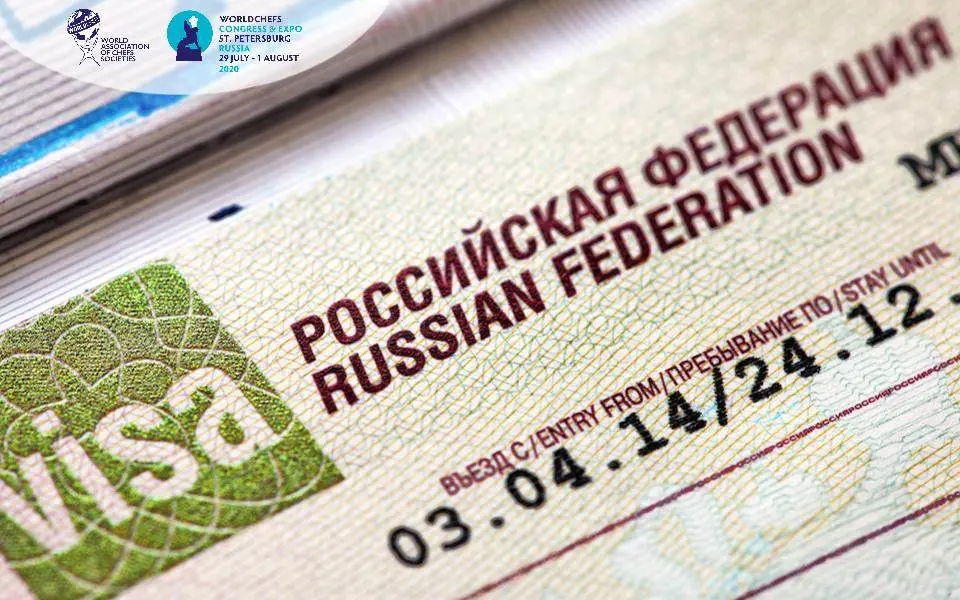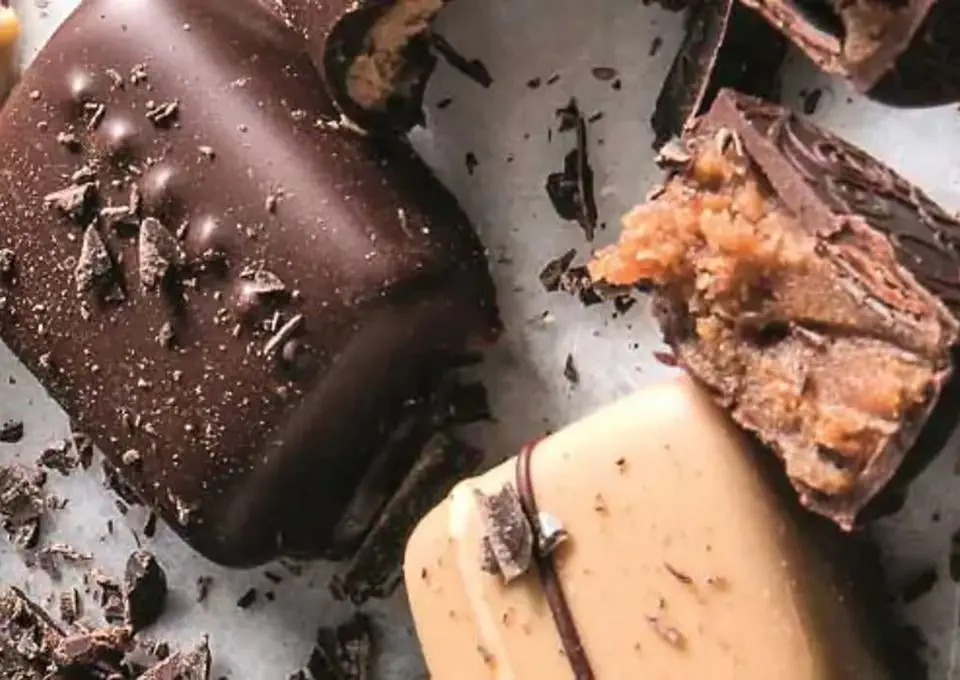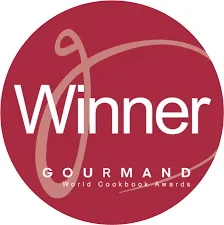See below for recipe
The History of Texas Cowboy Chile
What’s the real story behind this iconic dish of Texas? The debate over what truly belongs in a bowl of Texas chile may never be settled, but its rich history is filled with fascinating stories. Chile’s evolution is as complex and layered as the dish itself: a blend of cultural fusion, entrepreneurial ingenuity, necessity, and a passion for great flavor. Should there be beans in chili? Some Texans swear by the fact that authentic chile — the kind that first popped up in 19th-century San Antonio and proliferated in chile parlors across the state — does not and should never have beans.
The ingredients in a bowl of chili are as much a cultural artifact as they are a culinary tradition. Chili powder typically comes from dried, ground ancho chilies, a staple in Mexican cuisine. Tomatoes, from Central and South America, make up the sauce base. Beef was introduced to the Americas by the Spanish in the 1500s, along with onion, garlic, and cumin — originally from Asia and carried through Africa before reaching the Americas.
Deep Roots
Chili has roots in Mexican culture, and Tex-Mex culture in particular, but some food historians believe that chili traces its earliest origins from farther-flung locales. Robb Walsh, author of The Tex-Mex Cookbook, argues that the original spice mixes used in the meat and tomato stews have their roots in Moroccan cooking traditions?
“In the 1700s, the government of New Spain recruited Canary Islanders to move to San Antonio,” Walsh writes. “Canary Island women made a tagine-like stew with meat, cumin, garlic, chili peppers, and wild onions that they cooked outdoors in copper kettles in their settlement, La Villita. Their peculiar, chili and cumin-heavy spice blend resembled the Berber seasoning style of Morocco.”
San Antonio Chili Queens
In San Antonio in the late 1800s and early 1900s, enterprising Latinas supported their families by setting up food stands around San Antonio’s Military Plaza beginning in the 1860s, selling a variety of local dishes. These women became known as San Antonio’s “Chili Queens,” feeding hungry customers. Often the dish was served spooned on top of tamales or enchiladas (and later, into bags of Fritos to create Frito Pie). The chili’s use as a sauce in Texas dishes meant that it retained a stripped-down profile: just meat, tomatoes, and spices. It was a working-class dish — a quick hearty meal that laborers could rely on during the day. Chef Robert Cantu of San Antonio’s Omni La Mansion del Rio hotel points to chile con carne as the likely origin of Texas chili. “We feature our chili on the menu as ‘San Antonio Chili Queens Chili,’” said Cantu. “Our rendition aims to modernize the traditional method, bringing a dish with a 150-year history up to today’s culinary standards”.
Recognition and Spread
The resourceful Chili Queens may have popularized adding beans, either as a made-to-order request due to cooking time or by combining beans left over in one pot with chile con carne in another.
Willie Gebhardt, a German immigrant to New Braunfels, developed a love for Mexican flavors and opened his café in 1892, serving a variety of Mexican dishes. When he realized fresh chilies were seasonal, Gebhardt set out to find a way to make his beloved chili available year-round. He created a method for drying ancho chilies and pulverizing them into what he coined “Tampico Dust.” Gebhardt distributed pamphlets with recipes to promote his new product, helping more people recreate Mexican flavors at home.
Chili and other Mexican dishes gained broader recognition at the 1893 World’s Fair in Chicago, the “World’s Columbian Exposition.” The fair, which introduced the world to Wrigley’s chewing gum, Cracker Jack popcorn, and Pabst Blue Ribbon beer, also featured a chili stand from San Antonio. That small taste of Mexican food sparked the interest of journalists and travel writers eager to explore the state’s distinctive flavors.
Another popular discussion on chili surrounds what should accompany the dish. Corn tortillas were probably the go-to option in San Antonio, though Cantu believes cornbread was likely and may reflect the many cultural influences in the region. Cornbread, a “quick bread” made without yeast, bakes easily in a cast-iron skillet or Dutch oven over an open fire, and would have aligned with the Chili Queens’ cooking techniques. “Pan de Campo” (camp bread or cowboy bread), a quick bread resembling a flattened biscuit, is another possibility, as it was made in a similar fashion.
Facilitated by packaged “chili powder” in 1900, chili spread around the country and was adopted into other traditions. Today, it’s served on hot dogs in Chicago and on pasta in Cincinnati. Its ubiquity was made possible in part by San Antonio’s chili stands at the World’s Columbian Exposition in Chicago in 1893.
Saltine crackers were a likely match, as they were popularized in the early 1800s. They had a long shelf life and were easy to produce. The Chili Appreciation Society International’s Unofficial History of Texas Chili, documenting Lyman T. Davis serving his version of chili with crackers in Corsicana in the 1920s. C. E. Doolin’s Fritos corn chips would come onto the scene in 1932, and Ignacio “Nacho” Anaya’s fried tortilla chips began to catch on in 1943 (when he served them covered in cheese and jalapenos).
“There is a fascinating and multilayered history that can be found in a seemingly simple bowl of Texas chili. It takes ingredients from all over the world to put a bowl of chili together. We all find our own variations, with ingredients, garnishes and serving styles reflecting family traditions. In so many ways, chili reflects the many cultural influences that have shaped Texas.
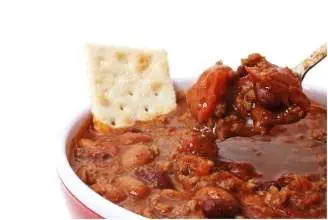
Although there are countless ways to enjoy a bowl of chili, one thing is clear: Texas chili reflects the diverse cultures, inventive spirit, and practical needs of the people who created it. From the chili stands of San Antonio’s Chili Queens to Gebhardt’s pioneering chili powder, this dish has transformed into a symbol of Texas itself, officially designated as the state dish in 1977. Bold, flavorful, and unapologetically unique, chili remains a cherished comfort food that bridges the past and present—providing a taste of history in every bowl.
Texas Cowboy Chile – Recipe
Adapted by chef john coletta
An authentic Texas Chili with a homemade chili paste, chunks of beef shoulder, a mix of dry spices, chocolate, and Texas beer for the ultimate “Bowl o’ Red”.
Yields 6-8 servings
Ingredients
35g. Ancho Chilies; Dried
15g. Guajillo Chilies; Dried
210 ml. Beef Stock
15g. Chili Powder
15g. Paprika
15g. Cumin; Ground
10g. Garlic Powder
5g. Oregano; Dried; Fine Grind
45g. Masa Flour
3g.Cinnamon; Fine Grind
15g. Cocoa Powder
15g. Sea Salt, Fine Grind
7g. Tellicherry Black Pepper
30 ml. Olive Oil
1360g. Beef Shoulder, cut into 2cm. cubes
150g. White Onion; Small Dice
40g. Jalapeños; Fresh; Minced
350 ml. Shiner Black Lager or Shiner Bock
420 ml. Beef Stock
30 ml. Apple Cider Vinegar
100g. Sour Cream
80g. Cheddar Cheese; Shredded
120g. Jalapenos; Sliced
480g. Cornbread
Method
Cut the stems off the dried chilies and remove all of the seeds. Place them in a blender with 1 cup of warm beef stock. Cover the blender and let them soak in the beef stock for 30 minutes. After 30 minutes, puree the chilies and beef stock together to create a homemade chili paste. Set aside.
In a bowl, mix together the chili powder, paprika, ground cumin, garlic powder, dried oregano, masa flour, ground cinnamon, cocoa powder, salt, and pepper. Set aside.
Heat olive oil in a medium cast-iron Dutch oven. Brown the beef cubes on all sides. If there is not enough room in the Dutch oven, brown the beef cubes in batches. Do not remove the liquid from the Dutch oven – this has all the flavor and will be used for the Texas Chili. Remove the browned beef cubes and set aside. Using the remaining liquid in the saucepan, sauté the onions till translucent. Then add the diced jalapeños and continue to simmer slowly.
Deglaze the Dutch oven by adding the Shiner beer, remaining beef stock, and apple cider vinegar. Then scrape the bottom of the pan with a spatula to get all the bits of flavor incorporated.
Add the beef chuck back into the Dutch oven along with the homemade chili paste, dry ingredient mix, and brown sugar. Mix all of the ingredients together and bring to a boil.
Once it comes to a boil, lower the heat, to a low simmer, cover the Dutch oven, and simmer for 2 – 2.5 hours or until the beef is tender. Make sure you stir the Texas Chili occasionally.
Once the beef chuck is tender, serve the Texas Chili in an appropriate serving vessel. Top with a dollop of sour cream, shredded cheddar cheese, sliced jalapeños, and a side of cornbread.
For more recipes, visit www.worldchefs.org/news
